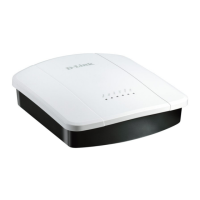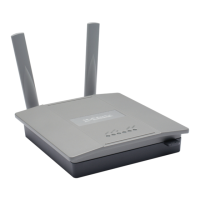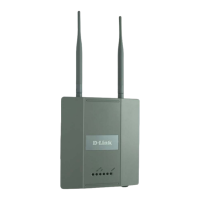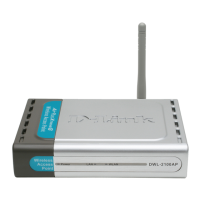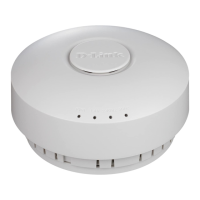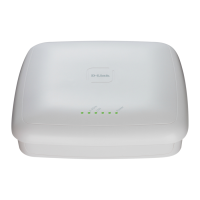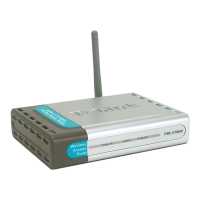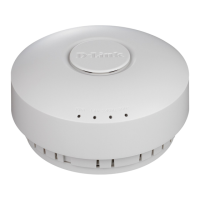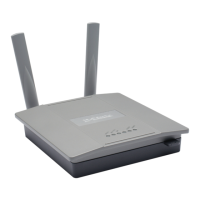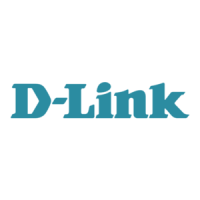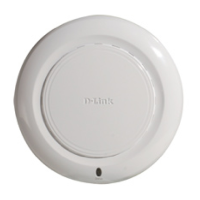Creating Port Channels (Trunking)
D-Link Unified Wired and Wireless Access System
Oct. 2015 Page 209
D-Link UWS User Manual
Creating Port Channels (Trunking)
Port-trunks, which are also known as link aggregation groups (LAGs), allow you to combine multiple full-duplex
Ethernet links into a single logical link. Network devices treat the aggregation as if it were a single link, which
increases fault tolerance and provides load sharing. You assign the port-channel (LAG) VLAN membership after
you create a port-trunk. The port channel by default becomes a member of the management VLAN.
A port-trunk (LAG) interface can be either static or dynamic, but not both. All members of a port channel must
participate in the same protocols. A static port-trunk interface does not require a partner system to be able to
aggregate its member ports.
Static LAGs are supported. When a port is added to a LAG as a static member, it neither transmits nor receives
LACPDUs.
Port Channel Configuration
Use the Port Channel Configuration page to group one or more full duplex Ethernet links to be aggregated
together to form a port-channel, which is also known as a link aggregation group (LAG). The switch treats the
port-channel as if it were a single link.
To access the Port Channel Configuration page, click LAN > L2 Features > Trunking > Configuration in the
navigation tree.
Figure 117: Port Channel Configuration
Note: If you configure the maximum number of dynamic port-channels (LAGs) that your platform
supports, additional port-channels that you configure are automatically static.
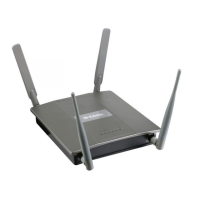
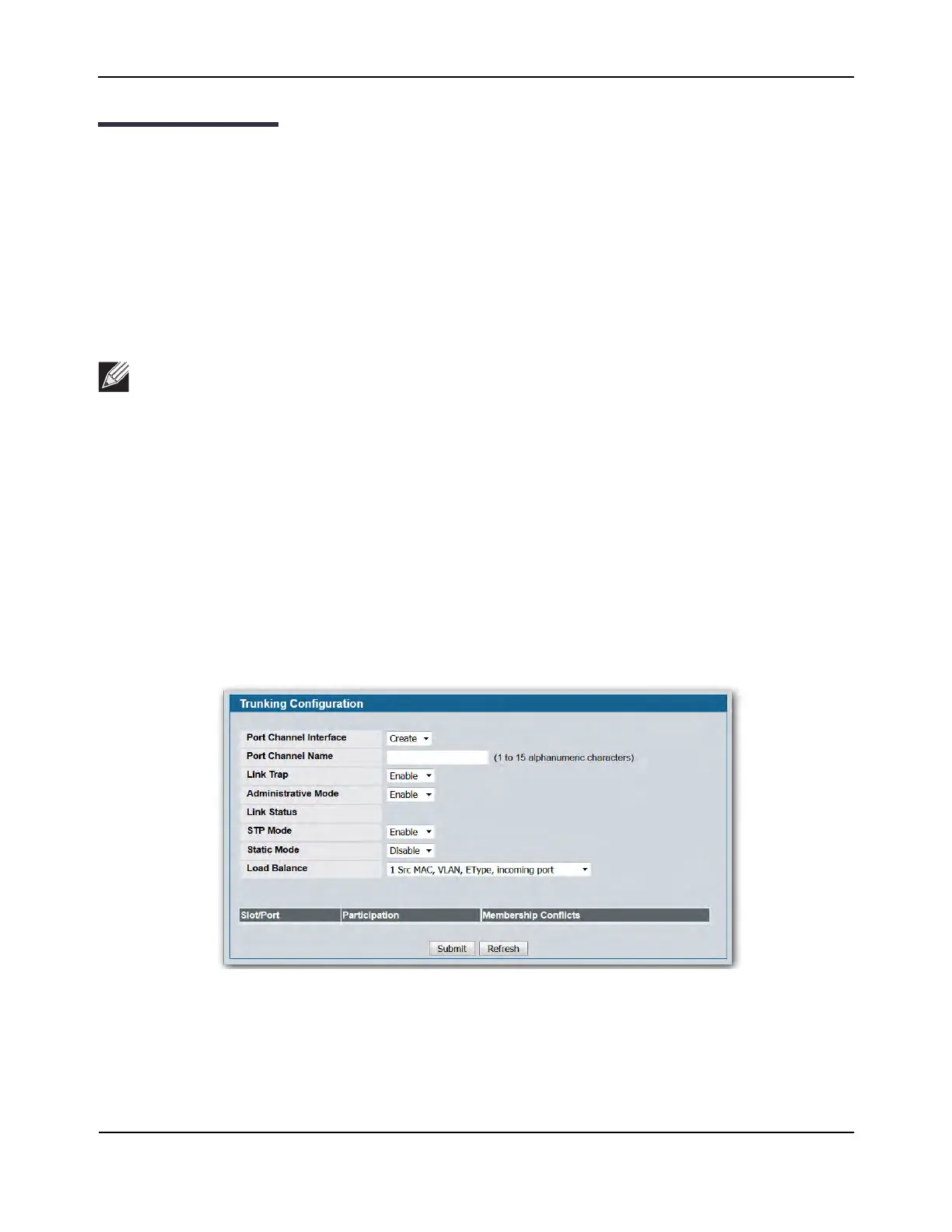